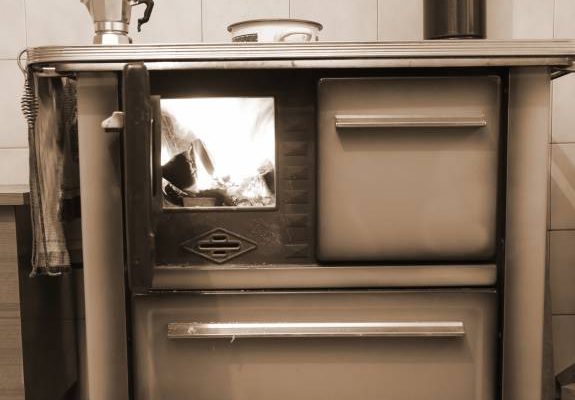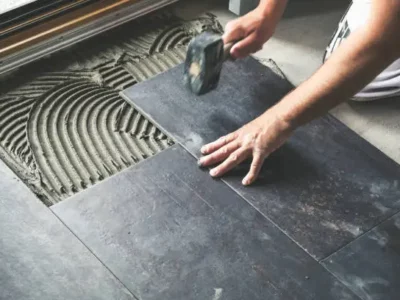Different types of heat exchangers can be installed in a wood-burning heating system, depending on the heater’s radiator design. Here is a breakdown of the options.
How to install an outdoor wood-burning heating system
Heat exchangers are one of the most important additions to a wood-burning heating system. The right exchanger can make all the difference in how your wood-burning system performs. There are a few types of exchangers you may want to consider for your system: outdoor coil, outdoorér, and indoorér. Each type has its own pros and cons that should be considered before making a purchase. Outdoor coil heat exchangers are the simplest to install and typically offer the best performance. They are typically made out of copper or aluminum tubing and can be mounted on concrete or stone. Outdoor coil systems are usually very reliable in comparison to other systems. Outdoor wood boiler heat exchangers are a good choice if you live in an area where snow or ice can build up on the tubes in the evenings or during colder months. They’re also a good choice if you want to install a system near a water supply or gas line. Indoor systems work well if you have space in your home and don’t mind having an extra piece of equipment in your kitchen. They’re usually made out of steel tubes and are more expensive than outdoor systems, but they offer better performance and less maintenance than indoor coil systems.
The decision of what type of heat exch anger you need depends on your situation. Like most things in life, more information will go a long way towards getting you the insulation solution that perfectly fits your needs and budget.
Types of heating exchangers
The three main types of heating exchangers are binary, traditional, and segmented. Here is a brief description of each:
BINARY HEATING EXCHANGERS: Binary heating exchangers (BHEs) work by using two opposite thermodynamic processes to transfer heat. The first process is called recuperation, in which heat is extracted from the ambient air and transferred into the heated fluid stream. The second process is called rejection, in which heat is released from the fluid stream and transferred into the atmosphere. This type of exchanger is most often used in medium to high-efficiency systems because it can effectively cool both the incoming and outgoing streams.
TRADITIONAL HEATING EXCHANGERS: Traditional heating exchangers use a single process called heat exchange. In this process, heat is transferred from one fluid to another by direct contact or through an intermediary material such as a pad. This type of exchanger is less efficient than binary or segmented exchangers but can be more effective in lower efficiency systems because it can use smaller pads.
SEGMENTED HEATING EXCHANGERS: Segmented heating exchangers are similar to traditional heating exchangers in that they use one process to collect heat from fluids, but they use a second process to redistribute that heat to the appliances. This means that in a traditional heating exchanger, all of the heat is transferred off of the food during processing and then some of it is transferred back into the product later. Segmented heating exchangers take elements from both processes by introducing more heat exchange phases. Therefore, significant parts of the hot fluid are exposed directly to dry air/freeze drying conditions (which distribute steam effectively).
The advantages of each type of heat exchanger
There are four main types of heat exchangers: radiator, evaporator, condenser, and recuperator. Each has its own set of advantages and disadvantages. Let’s take a look at each in more detail.
Radiator: Radiators are the most common type of heat exchanger. They’re efficient at transferring thermal energy from one area to another, but they’re not very good at removing moisture. That means they’ll need to be regularly cleaned or replaced if you have a humid environment.
Evaporator: Evaporators are designed to remove moisture from the air and turn it into water vapor. This process is called condensation. They’re much better at removing moisture than radiators, which means they can be used in environments that are damp or wet.
Condenser: Condensers are best suited for operating in dry environments. They use a dual-phase system where hot water enters the condenser and turns into Steam, then leaves the condenser as cold water. This process is called reverse osmosis.
Recuperator: Recuperators are special types of evaporators that have been modified to capture energy released by combustion gases and use it to heat their liquid or steam. Recuperators are called just “recyclers” to differentiate them from the type of existing radiator, the condenser.
Conclusion
Heat exchangers are an essential component of any wood-burning heating system. They allow the proper transfer of heat from the burning fuel to the surrounding environment, thereby providing comfort in warm weather and efficient performance throughout the year. There are a few different types of heat exchangers that can be installed in a wood-burning heating system, so if you’re not sure which one is the best for your needs, speak with a professional who can help select the perfect unit for your home.




















